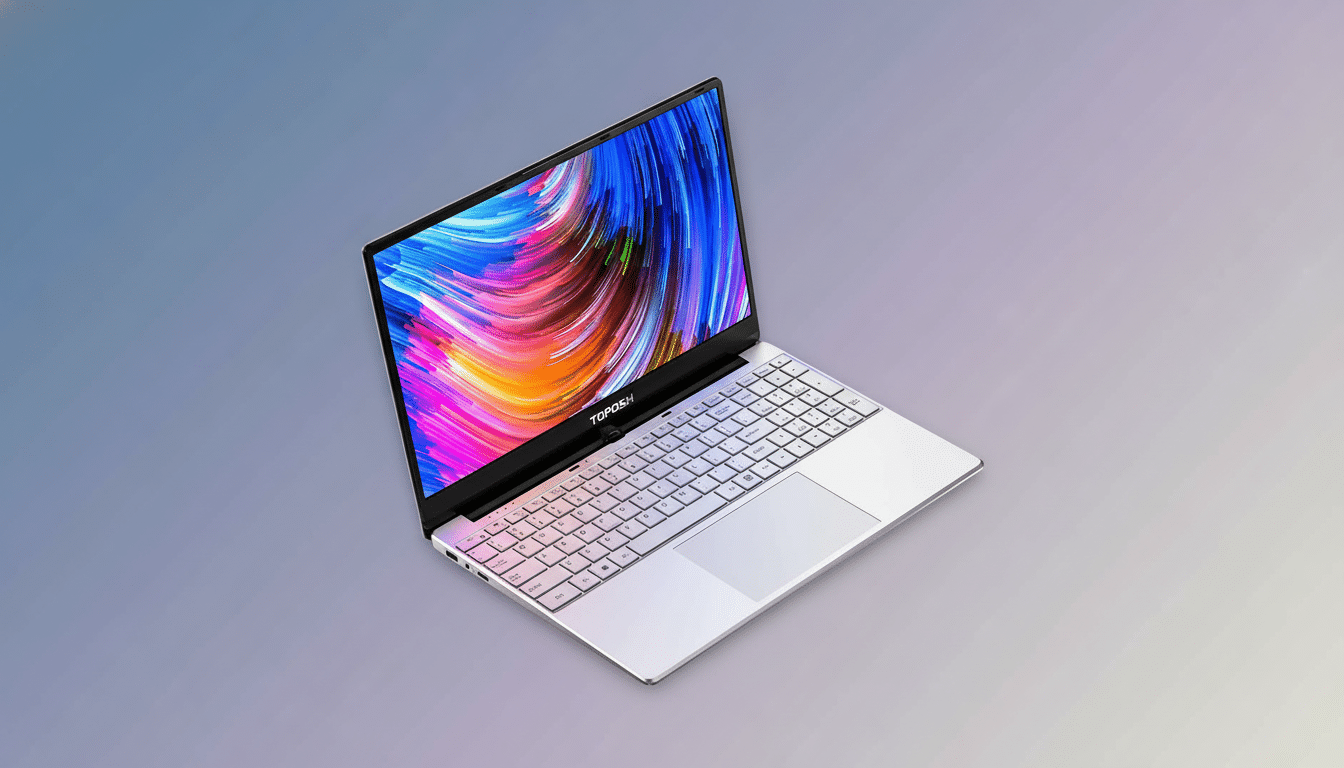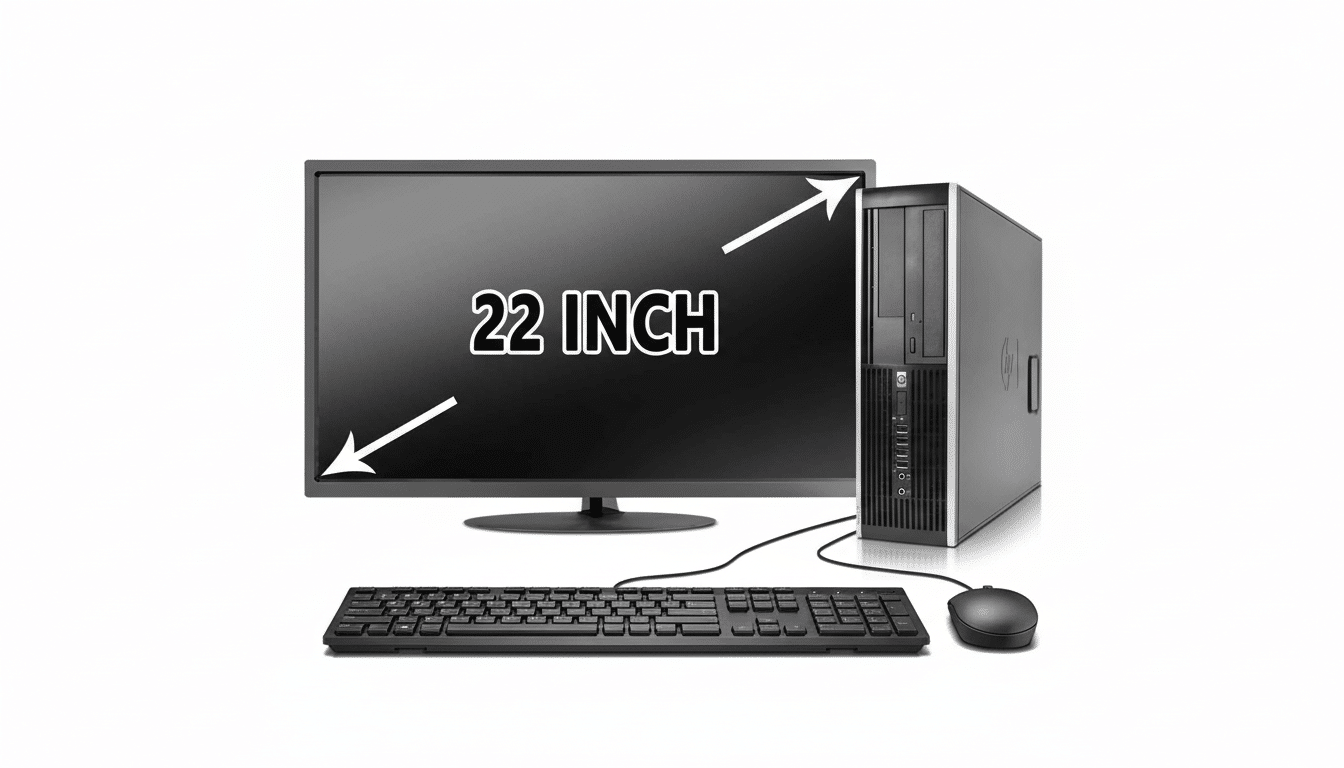It’s the end of the road for Windows 10, and that road isn’t a great place to be right now if you own one of billions of PCs or laptops still running it. The operating system continues to boot up just fine, but the safety net is gone: No longer will most editions receive regular security fixes. For millions of individuals and organizations, that’s the point at which a trusted workhorse can turn into a high‑risk machine.
What End of Support for Windows 10 Really Means
After an operating system reaches end of support, Microsoft no longer provides new security updates through Windows Update for mainstream versions such as Home, Pro, Enterprise and Education. Operationally, nothing breaks overnight, but any new vulnerabilities found after today will go unpatched unless a system is covered under Extended Security Updates (ESU), which are sold in annual subscription form.
- What End of Support for Windows 10 Really Means
- The Scale of the Exposure as Windows 10 Support Ends
- Why Upgrading Isn’t Simple for Many Windows 10 PCs
- What the Security Cliff Looks Like in Real Practice
- Practical Paths for Different Windows 10 Owners
- A Test of Microsoft’s Walled Garden and the PC Ecosystem

There are carve-outs. Enterprise Long-Term Servicing Channel editions (LTSC) have longer support, but these builds are specialized, licensed for very tightly controlled environments, and not for general-purpose PCs. For everybody else, the math is straightforward: retain an un‑ESU’d Windows 10 device and it will fall further from a secure baseline with each unfilled hole.
The Scale of the Exposure as Windows 10 Support Ends
There are a variety of estimates on just how many PCs this impacts, but all signs point in the same direction: huge numbers of machines have not been updated. Telemetry data from the TeamViewer remote access software, taken from a sample consisting of hundreds of millions of sessions, showed that four in 10 connections targeted Windows 10 systems.
ControlUp, which analyzed more than 1 million enterprise endpoints, found that nearly half of those remained on Windows 10. Some frequently cited web analytics—Statcounter’s desktop share reports, come to mind—exhibited a spirit of fierce volatility (and periodic measurement anomalies), testimony that no dataset should stand alone. The US government’s Digital Analytics Program provides another view of real-world usage across federal sites, but it too captures only a fraction of the internet. Even using conservative estimates, the count still reaches hundreds of millions of machines — many in homes, schools, clinics and small businesses — that are now outside mainstream support.
Why Upgrading Isn’t Simple for Many Windows 10 PCs
The thorny issue is Microsoft’s stringent Windows 11 hardware foundation. Then there are requirements like TPM 2.0 and a relatively recent CPU generation, leaving many PCs that work just fine with Windows 10 out of the loop for the official in-place upgrade. Systems containing older Intel Core chips or early AMD Ryzen parts often fall short, even if they pack more than enough memory and storage for everyday work.
Unofficial means to install Windows 11 on incompatible hardware do exist, but they come with a catch or three. Microsoft does not promise updates for those setups, compatibility is a mixed bag and businesses will encounter compliance and support hazards. For a large chunk of machines, the realistic options are ESU, hardware refresh, or running with increasing attack surface.

What the Security Cliff Looks Like in Real Practice
Attackers monitor lifecycle milestones just as closely as defenders do. Once routine patching grinds to a halt, known holes become permanent footholds and the reward for hoarded exploits grows. An ominous example was the case of ransomware like WannaCry carving up networks that kept on operating an older release of Windows long after it had slipped off support lists; its victims were not struck because its bug was polished but because the patch never made it to those computers.
Security professionals are frank about the consequences. “Each patch cycle that’s skipped makes each vulnerable, unprotected Windows 10 device more enticing for ransomware crews and zero-day hunters,” warns former Gartner analyst with Morphisec Brad LaPorte. Avast’s Luis Corrons points out that unpatched OS and driver vulnerabilities linger as long-life attack vectors, while cautioning that social engineering is set to spike — think fake upgrade pop-ups, bogus “support” calls, or spurious security alerts preying on anxious users.
Practical Paths for Different Windows 10 Owners
Businesses on lifecycle budgets or firms that are budgeting for the end of Windows 10 might want to fast-track replacement plans based on this, saving ESU subscriptions for the mixed system scraps that would still run Windows 10. Network segmentation, application allowlisting, tight admin rights and modern endpoint detection can help mitigate blast radius, but they are no substitute for upgrades. The systems that cannot be upgraded, such as critical ones, should remain isolated and monitored like high-value targets.
The greatest security for consumers and small businesses is to get on more up-to-date hardware or, where available, buy ESU by the device. Short-term mitigations — adopting a fully supported browser, uninstalling defunct software, disabling unneeded services and maintaining reliable offline backups as well as enforced multi-factor authentication — shrink the target area. Still, such steps are stopgaps — the longer a device runs without a Windows 10 update, the greater its chances of falling victim to attack.
A Test of Microsoft’s Walled Garden and the PC Ecosystem
The end of Windows 10 support isn’t just one software update that’s here today and gone tomorrow, it’s a test for the larger PC ecosystem. OEMs are interested in new sales, IT just wants continuity and many home consumers want to continue using the computers that until now have been running fast enough. If a sizable, exposed portion of the population is still online, the next wave of massive exploitation won’t just ding individual victims — it will beg questions about how well the industry is “managing technical security debt at scale.” The “security cliff” is not figurative; it’s the place where security support runs out, and risk really takes off.

